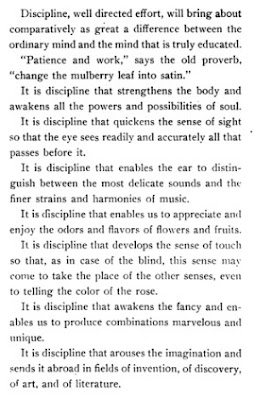In the photo above, former Sandusky City Manager Frank A. Link speaks at the ceremony to re-dedicate the Sandusky City Building in May, 1983. Mr. Link, who passed away on February 1, 2023, was the longest serving city manager in the history of the city of Sandusky. An article in the April 7, 1991 issue of the Sandusky Register, reported that “Frank Link has gone beyond the call of duty in his nineteen years as city manager of Sandusky.” He retired in 1993.
Mr. Link was well respected in the community. He was a graduate of St. Mary’s High School in 1948 and the University of Notre Dame in 1952. Through the years, he earned many honors in recognition of his leadership and commitment of service to his community, family, and faith. To read more about the life of Frank A. Link, see his obituary which appeared in the February 4, 2023 issue of the Sandusky Register. Thank you for many years of service to your community, Mr. Link.
Frank Link’s family history leads back to Morris Link, an ancestor who also was very active in the city of Sandusky.

 this blog
this blog





























